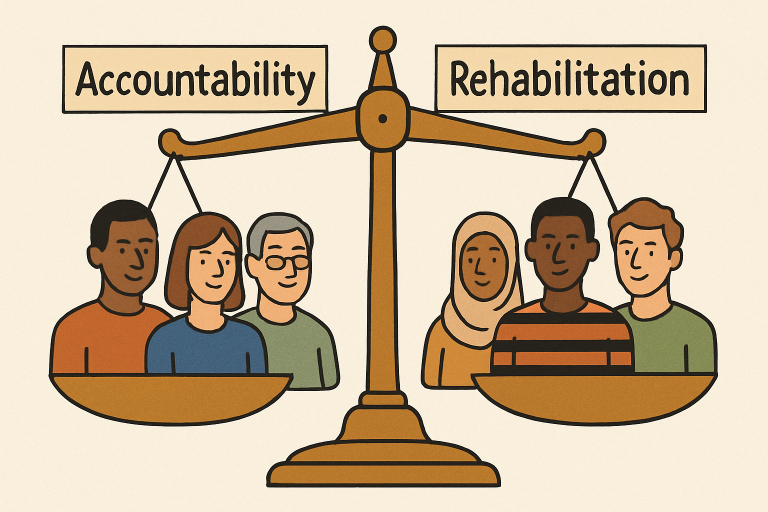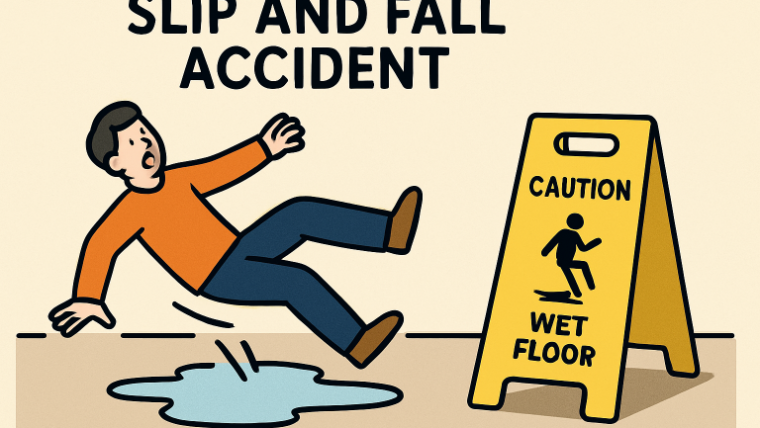Fairness in the criminal justice system is increasingly recognized as an evolving goal, moving away from punitive responses towards rehabilitation, which has shown potential in reducing crime and restoring communities. Emphasizing accountability and opportunities for meaningful change, modern justice reforms integrate rehabilitation into their framework to address root causes, fostering safety and equity. The shift is supported by holistic strategies, innovative policies, and empirical evidence demonstrating that justice systems focusing on healing rather than harm yield positive outcomes for communities. Programs that empower individuals and utilize local support and advanced technologies, particularly in mental health and addiction, transform lives, making fairness a practical aim for justice reformers nationwide.
Table of Contents
The Shift Towards Rehabilitation
Historically, the U.S. justice system was known for its punitive approach, prioritizing retribution over reform. However, high recidivism rates despite harsh policies prompted a reassessment of its philosophies. Places like California’s San Quentin are investing $239 million to transform the facility into a rehabilitation and restorative center. The focus is on therapy, education, and job training to promote offenders’ reintegration and safer communities. States with similar strategies see reduced prison populations, costs, and repeat offenses. Tools like Qnav can also support these shifts by helping track outcomes, analyze program effectiveness, and provide insights into better rehabilitation models. As evidence grows, the question shifts from “should we rehabilitate?” to “how can we do it better for everyone?”

Restorative Justice in Practice
Restorative justice differs from adversarial proceedings by involving victims, offenders, and community members in collaborative reparative solutions. Circle dialogues and victim-offender mediations create safe spaces for acknowledging harm, accepting responsibility, and restoring relationships. This inclusive approach reduces hostility, fosters empathy, and works well with juvenile and nonviolent crimes focused on growth. Data from pilot programs, like those featured on NPR, show restorative justice promotes healing for victims, reduces recidivism, and supports community stability.
Participatory Defense: Empowering Communities
The participatory defense model acknowledges that those most affected—defendants, families, and friends—offer vital perspectives. Collectively organizing allows advocates to gather evidence, clarify circumstances, and challenge assumptions, often resulting in fairer case outcomes. Courts adopting this approach report better results, like sentence cuts or dismissals, highlighting community engagement’s role in addressing systemic inequities. It also boosts public trust by making justice transparent and inclusive.
Addressing Mental Health to Reduce Recidivism
The link between criminal behavior and untreated mental health issues is well-known. Nearly half of incarcerated people have a mental health disorder, often cycling through jails without proper care. Innovative outreach programs, like those with Carnegie Mellon University, are changing this by identifying at-risk individuals and connecting them to therapy before crisis occurs. These initiatives lower re-arrest rates and help participants stabilize outside prison. In Johnson County, Kansas, a machine learning pilot predicted which residents would reoffend without mental health support. Early results show savings and reduced recidivism, supporting data-driven, compassionate reform.
Challenges in Implementing Rehabilitation Strategies
Despite advances, rehab reforms face resistance. Some judges and stakeholders doubt risk assessment tools, fearing overreliance or inaccuracy. A Pennsylvania study showed many judges dismissed these tools as “useless,” highlighting mindset challenges. Bureaucratic hurdles and funding issues slow adoption, especially in budget-strained areas. Education, transparency, and evidence-based policies are crucial to overcoming these barriers. Training for professionals and the community can build consensus, demystify technology, and promote fair outcomes.
The Future of Rehabilitation in Criminal Justice
The future looks optimistic but relies on continued investment and cross-sector collaboration. Emerging tools like virtual reality for trauma healing and AI-driven case management will personalize rehabilitation and expand reach. Community programs will remain essential for reintegration, emphasizing that effective justice is for and by everyone. As momentum grows nationally and globally, the best systems will be adaptable, focusing on innovation, empathy, and a holistic approach rather than punitive cycles. This change offers hope for those affected and society, guiding us toward a safer, more just future.


